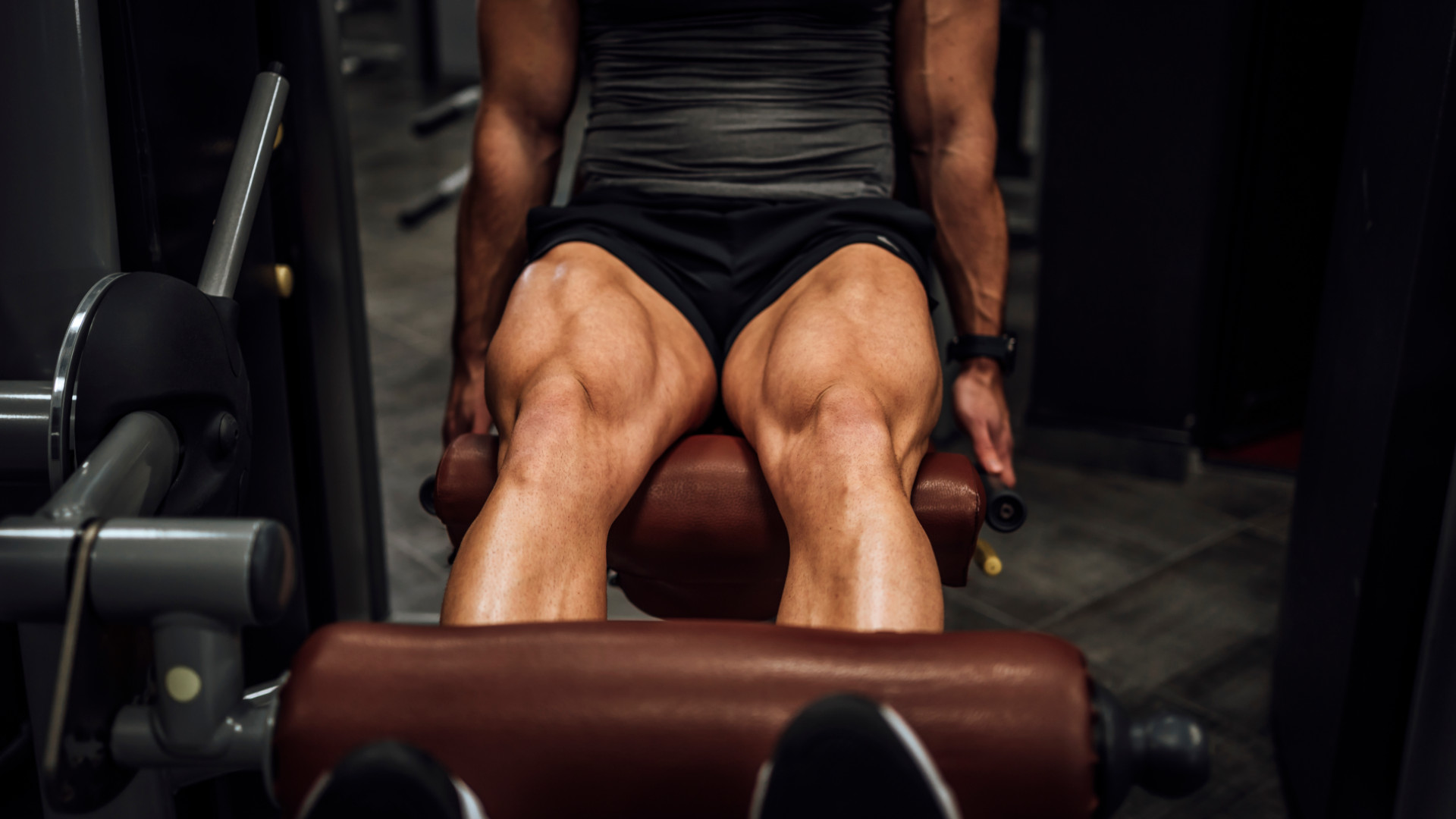Active
The latest Active breaking news, comment, reviews and features from the experts at T3
Explore Active
-
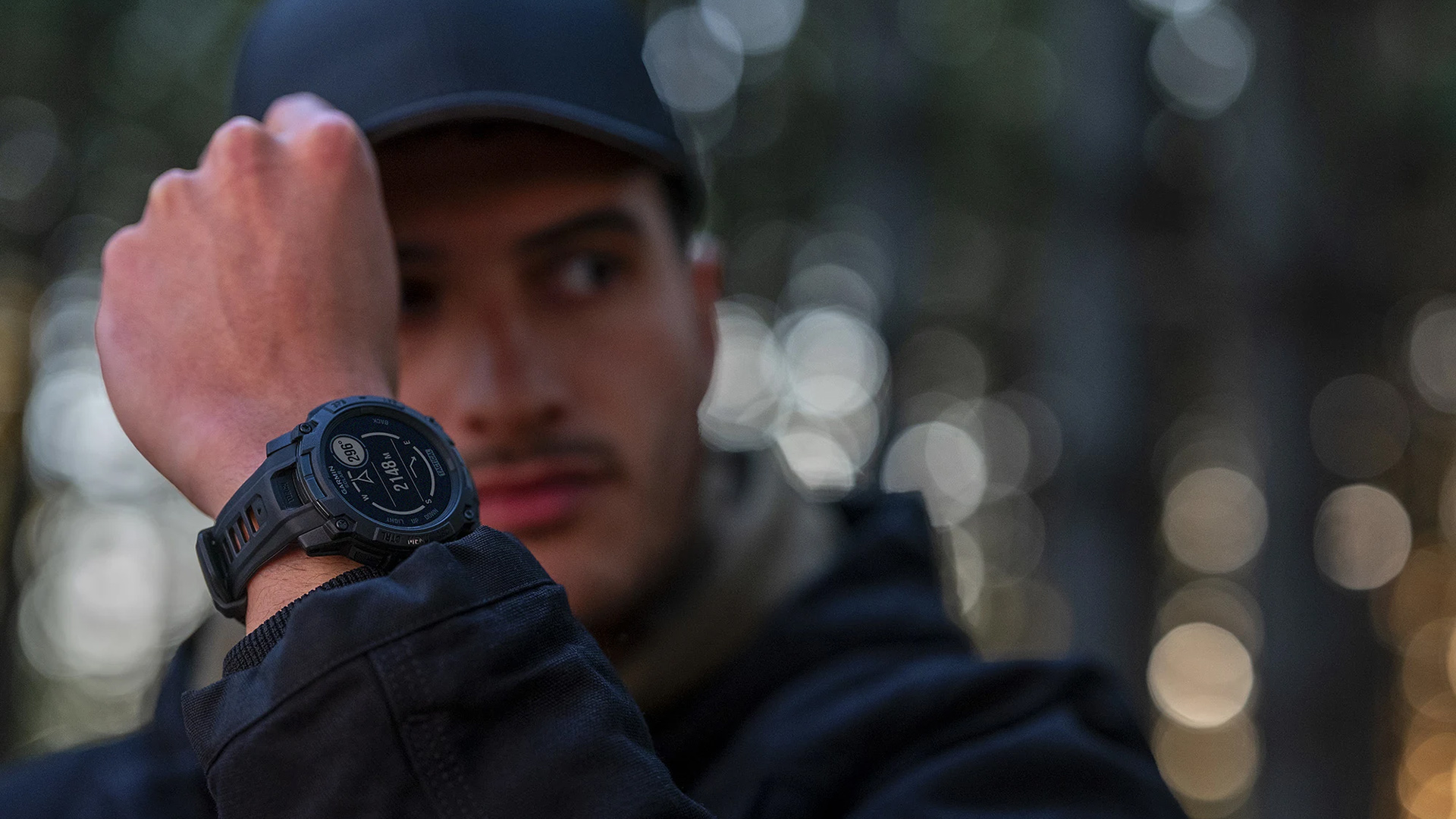
Garmin turned its affordable outdoor watch into an army-ready beast
The Instinct 3 Tactical Edition brings serious military-grade features to Garmin’s rough-and-ready smartwatch range
By Matt Kollat Published
-
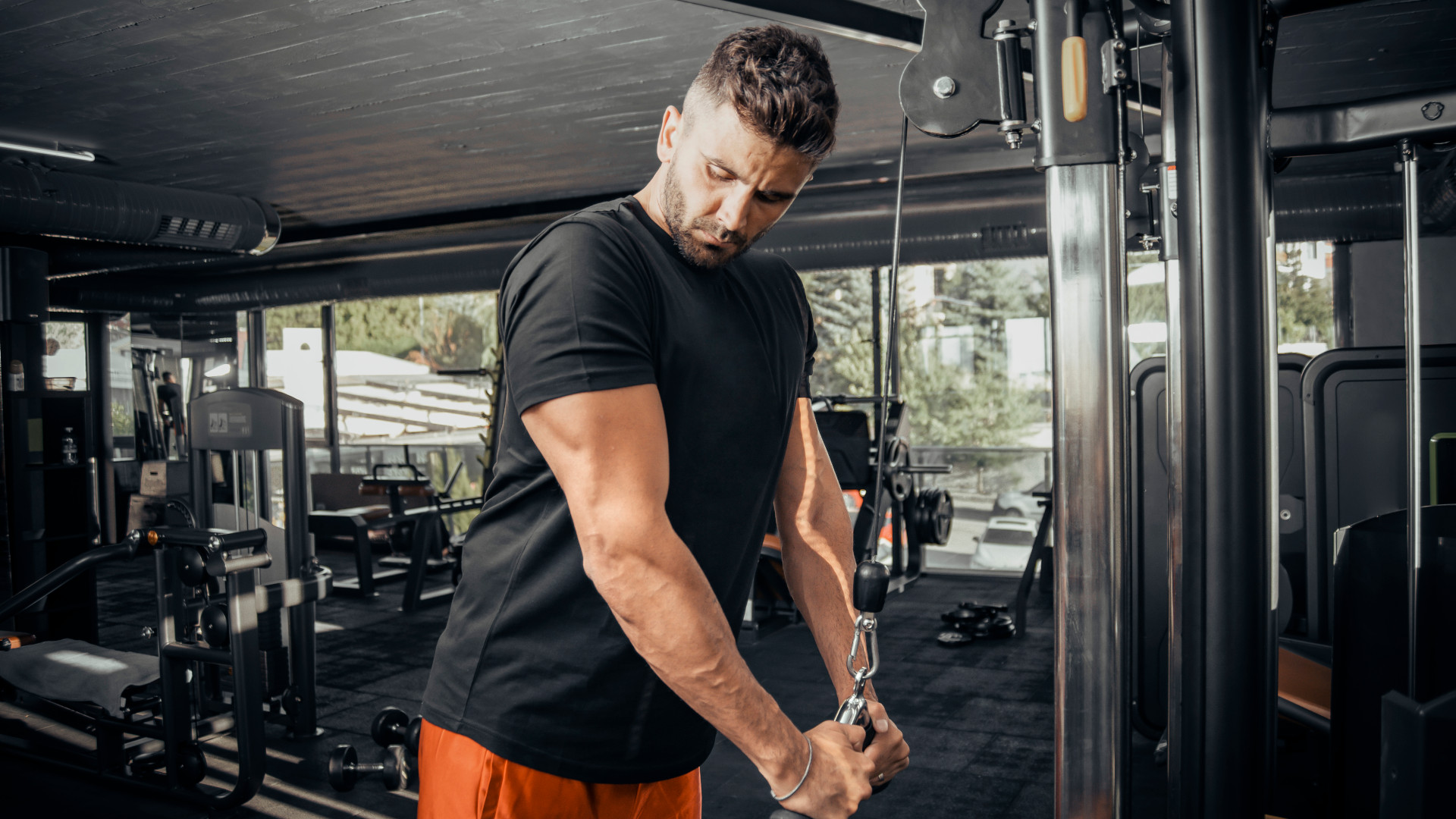
5 top tricep exercises, according to an exercise scientist
Add muscle and mass to your arms to fill out those t-shirt sleeves with these five exercises
By Bryony Firth-Bernard Published
-
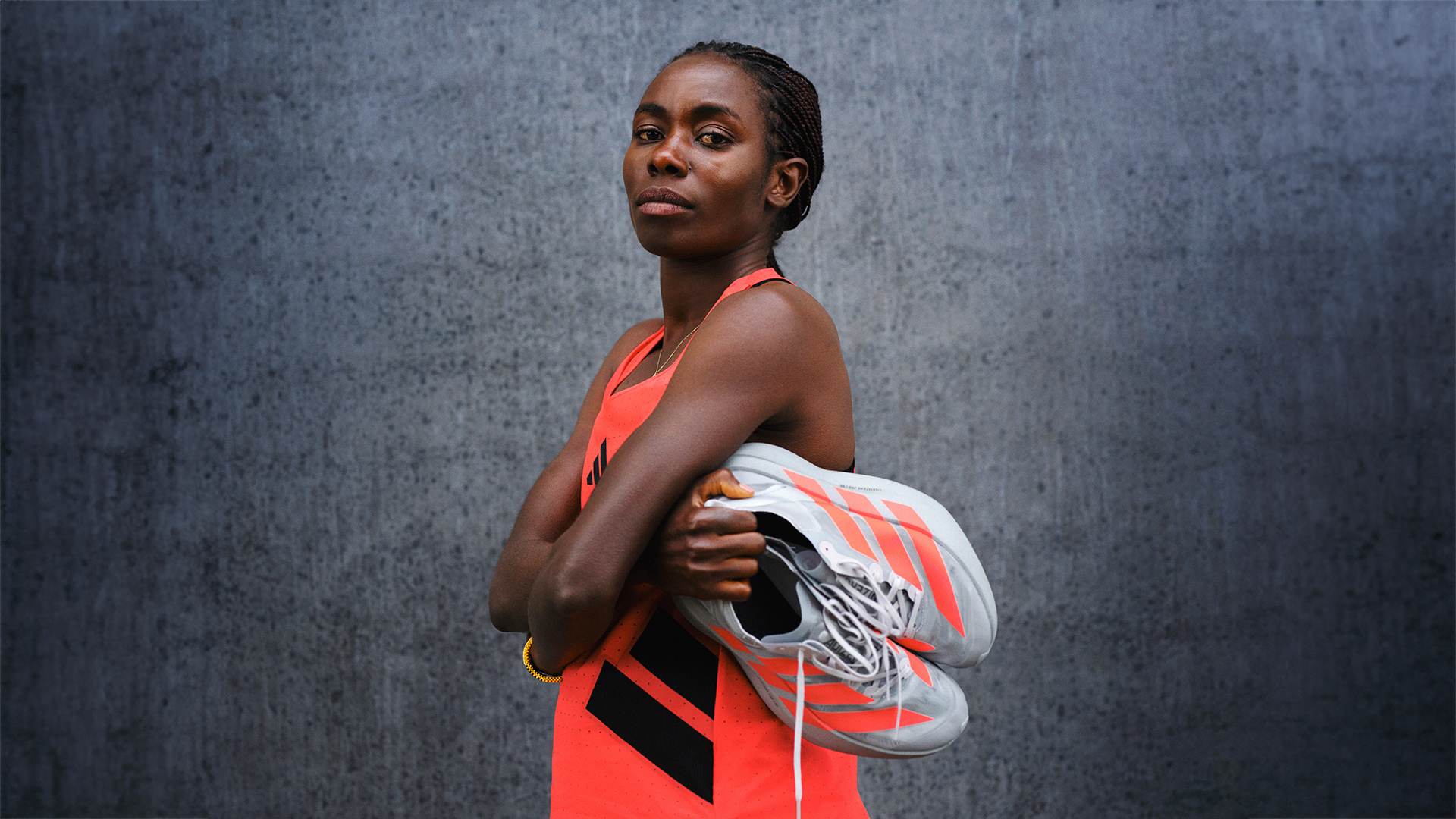
Adidas' $500 race shoe might just win your next marathon for you
The brand unveils the Adizero Adios Pro Evo 2, the second iteration of the precision-engineered, limited-edition weapon for elite road runners
By Matt Kollat Published
-
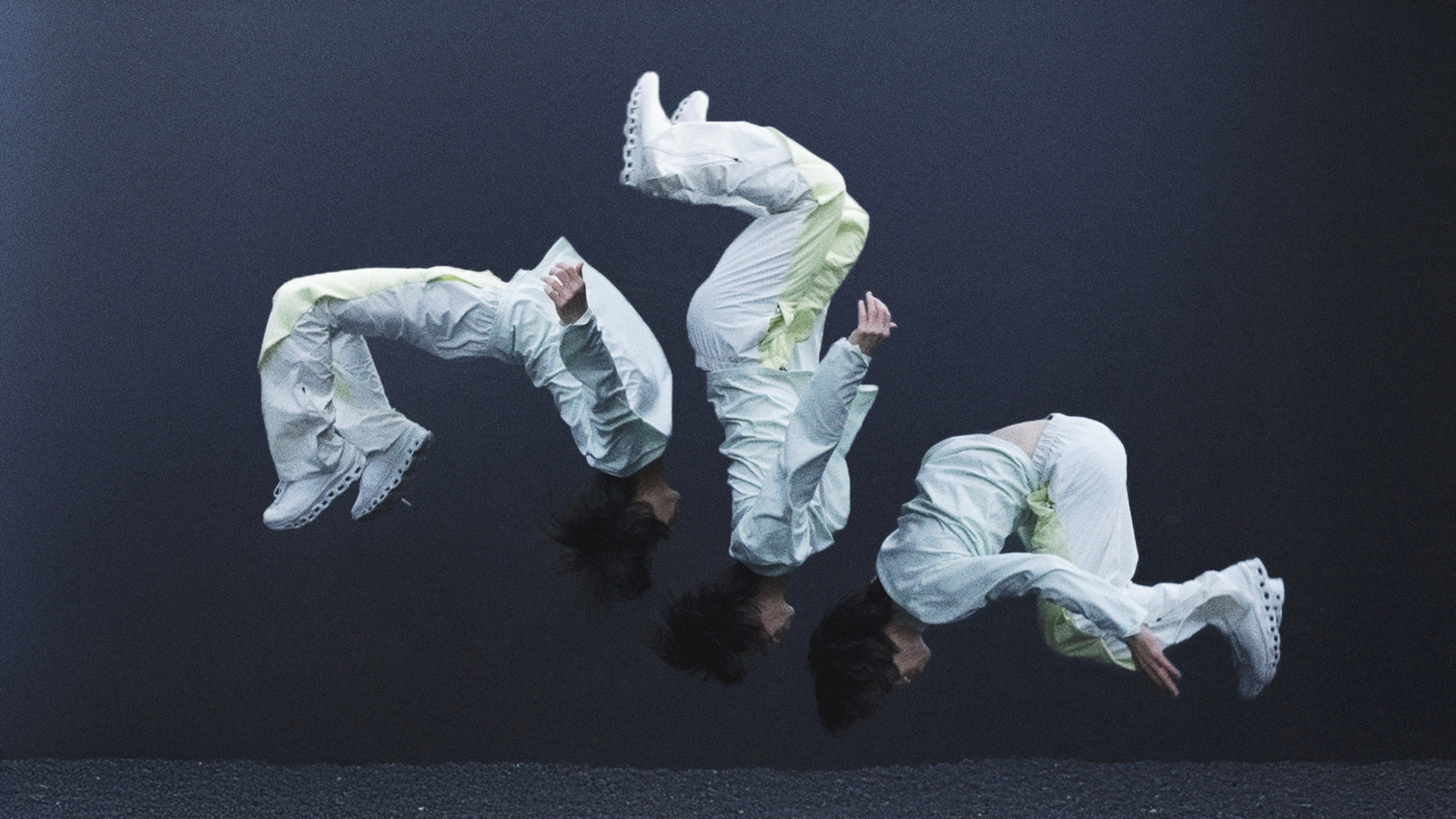
6 offbeat products from premium outdoor and fitness labels you didn't know existed
Who would have thought these products existed?
By Matt Kollat Published
-
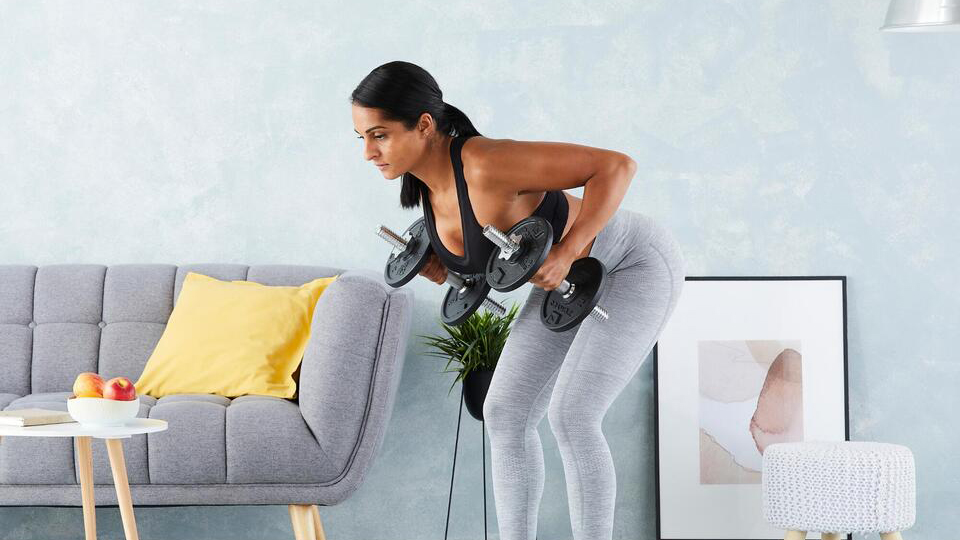
Best adjustable dumbbell 2025 for big workouts in small home gyms
Pump iron and save space in your home gym with the best adjustable dumbbells
By Bryony Firth-Bernard Last updated
-

Best elliptical trainer 2025 for a joint-friendly full-body workout at home
The best elliptical trainers for limb-twitching, cardio-pumping workouts at home
By Bryony Firth-Bernard Last updated
-
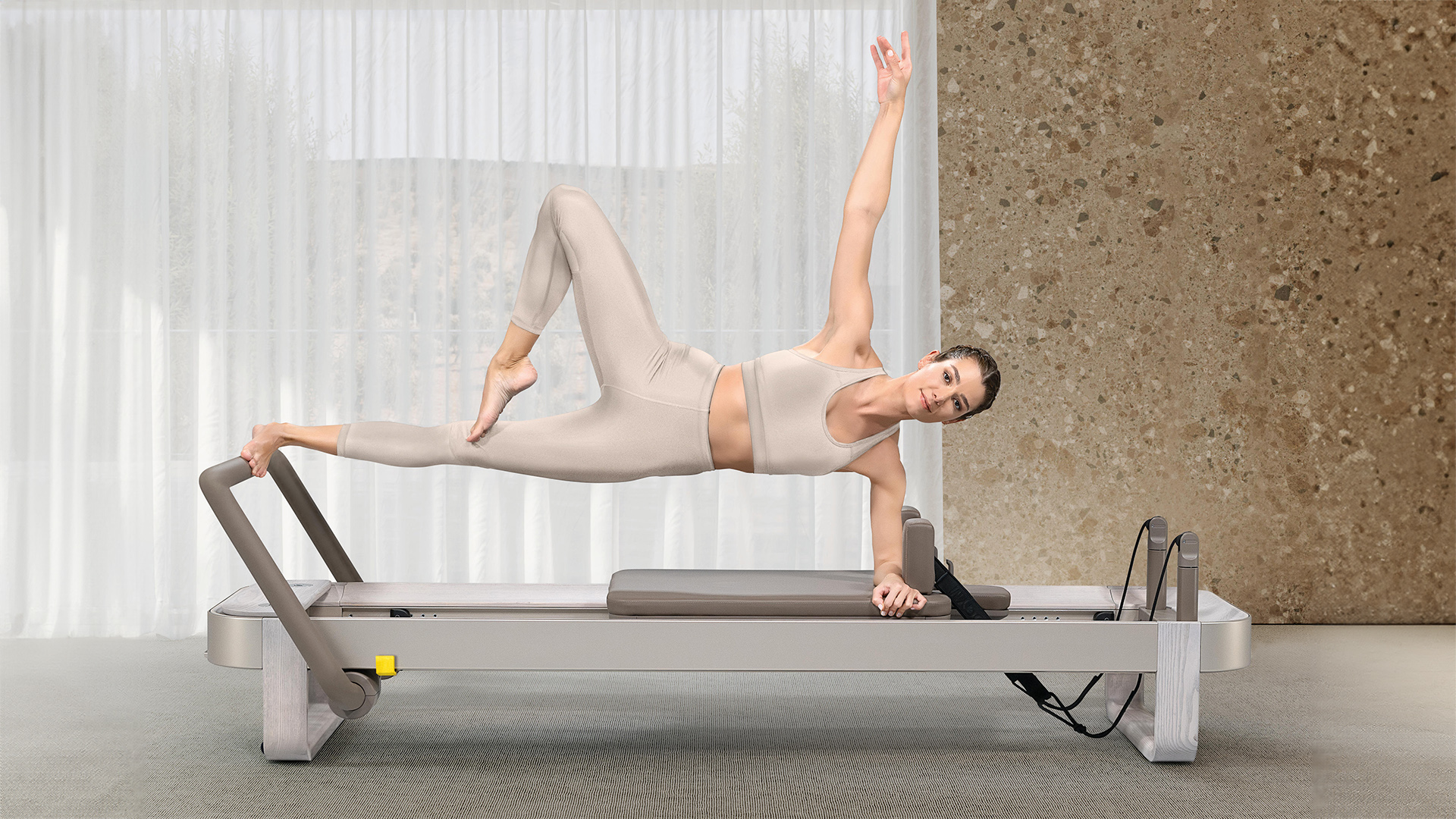
Technogym brings its signature touch of luxury to Pilates with latest home gym equipment launch
They've also introduced a new premium line of strength equipment and cardio kit
By Bryony Firth-Bernard Published
-

This bodyweight EMOM workout cranks up your metabolism and builds muscle endurance
20 minutes and a little grit is all you need
By Bryony Firth-Bernard Published
-

Garmin has switched on its new heart feature on certain smartwatches
The wearable brand rolls out ECG in the UK and Switzerland
By Matt Kollat Published
-
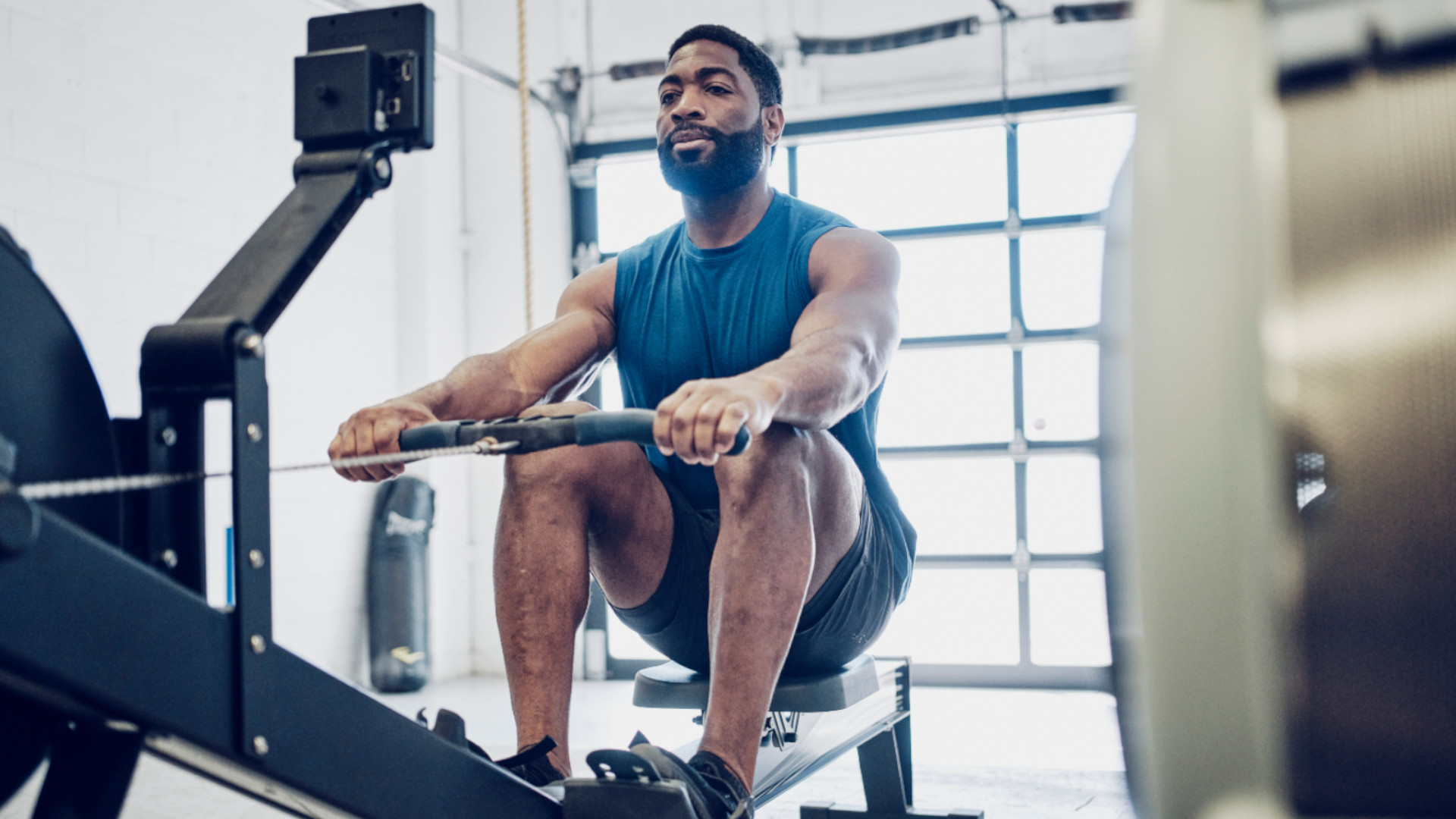
Best rowing machine 2025 for a full-body workout at home
The best rowing machines to buy today, from top brands including NordicTrack, WaterRower, Hydrow and more
By Bryony Firth-Bernard Last updated
-
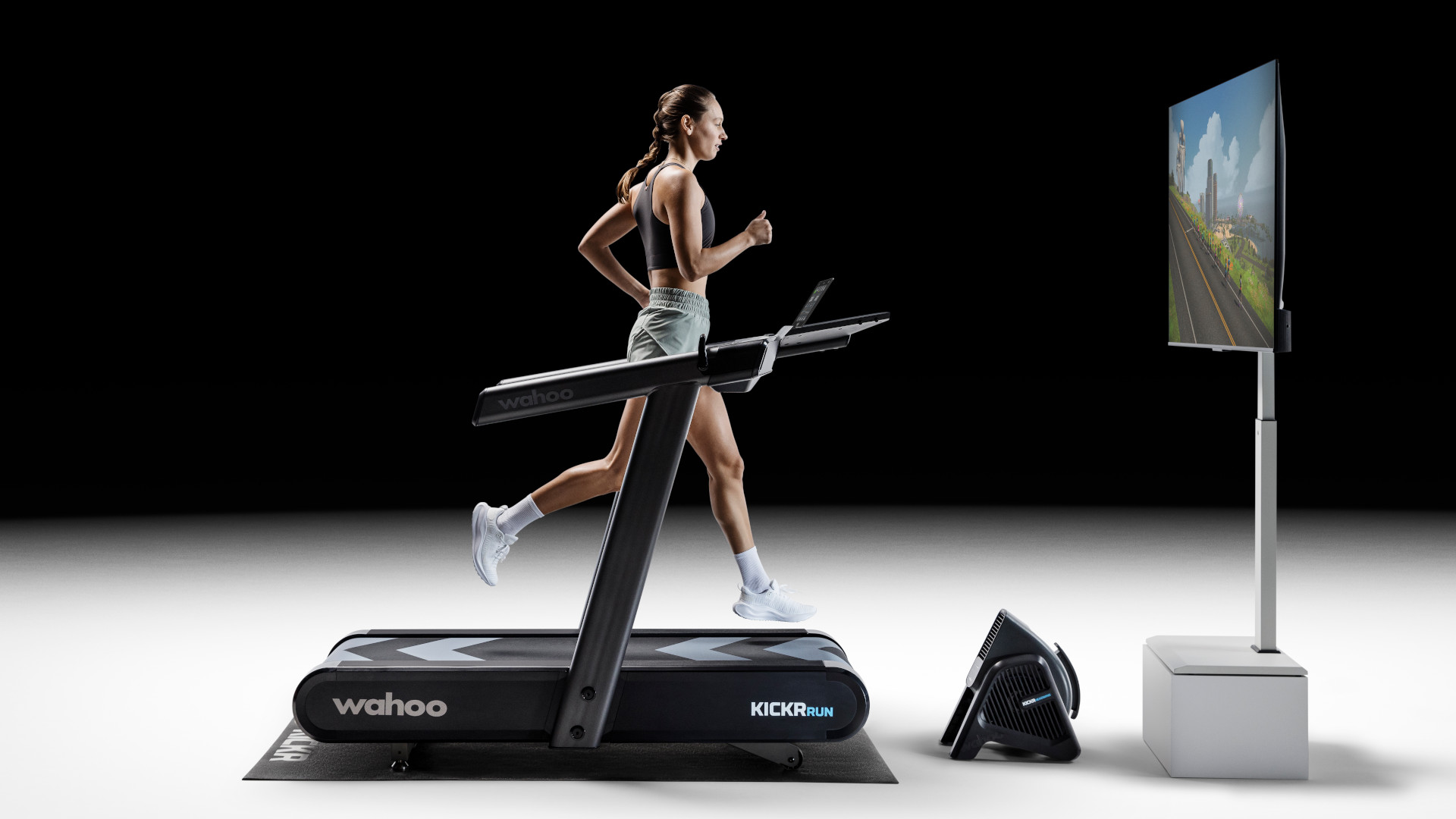
Wahoo's monster treadmill is finally available in the UK (for an eye-watering price)
And there's a brand new feature alongside its innovative 'Run Free' mode
By Bryony Firth-Bernard Published
-

11 high-end outdoor jackets that prove performance gear can be pure luxury
Plus affordable alternatives, in case you can't stretch your budget to infinity
By Matt Kollat Published
-
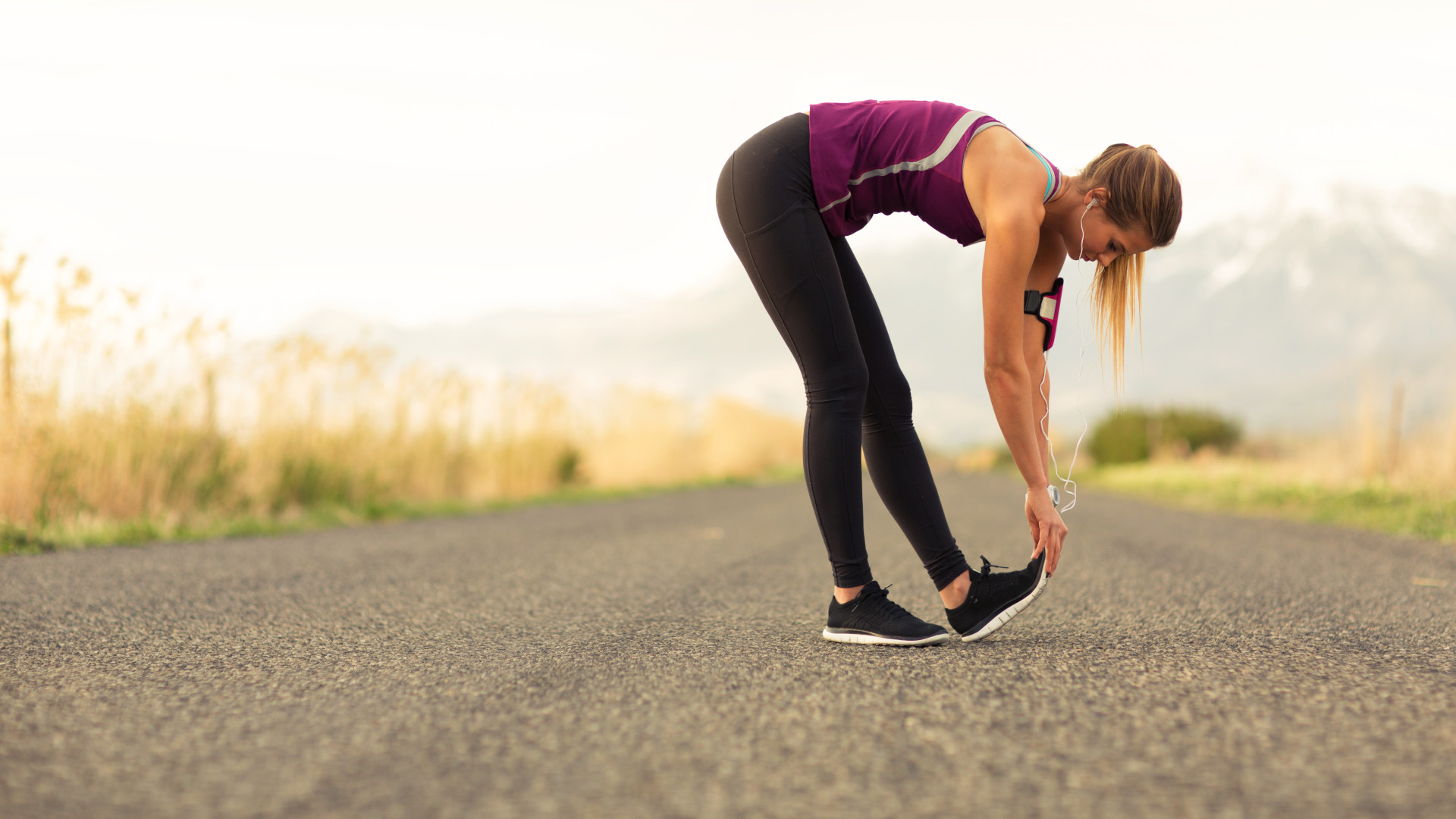
3 hamstring stretches every runner should be doing
If you’re a runner, these moves should be a given
By Lucy Miller Published
-
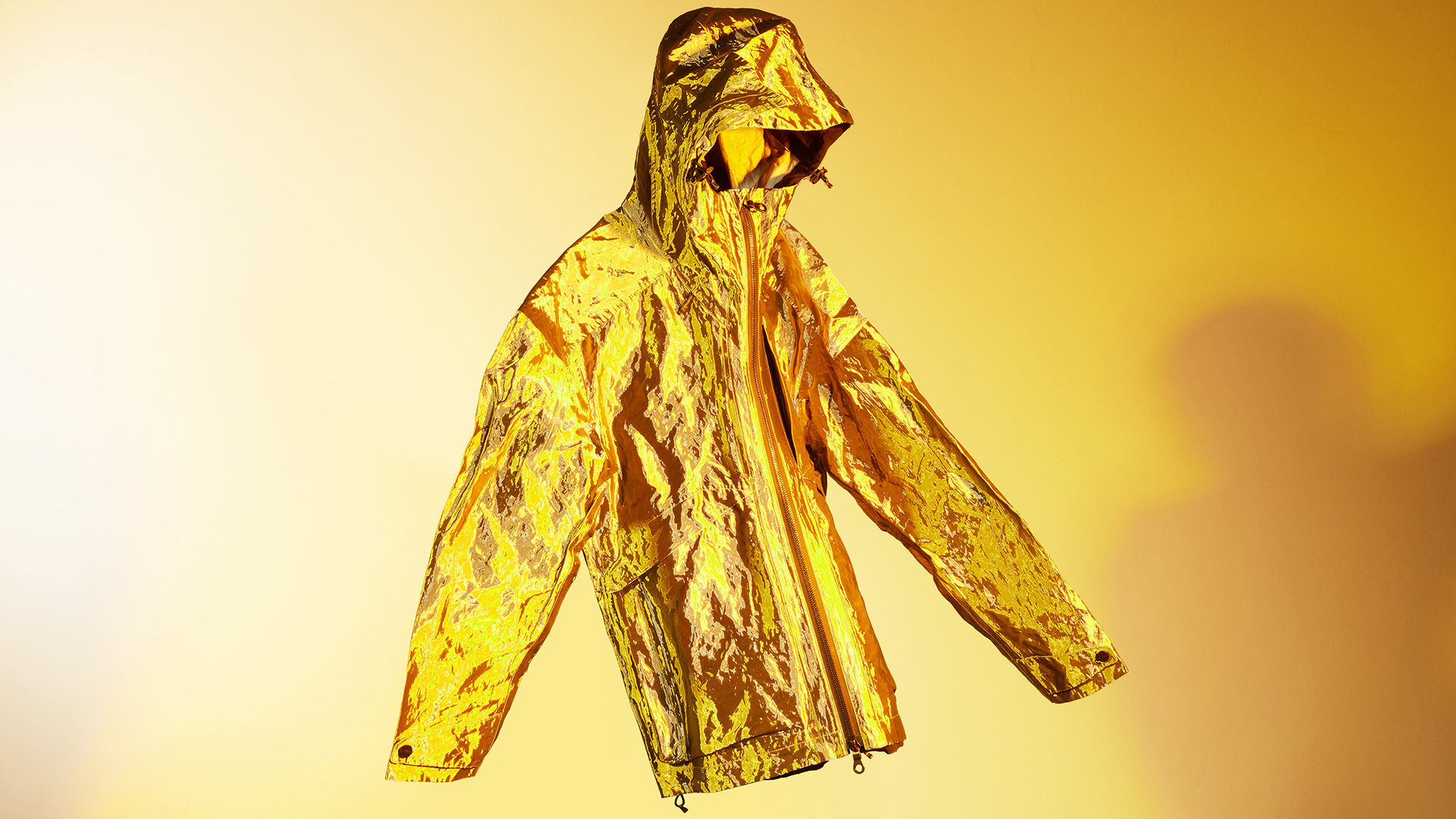
Vollebak's Full Metal Jacket Gold Edition is equal parts luxury, science fiction and bio-armour
The most luxurious survival jacket ever made? Possibly.
By Matt Kollat Published
-
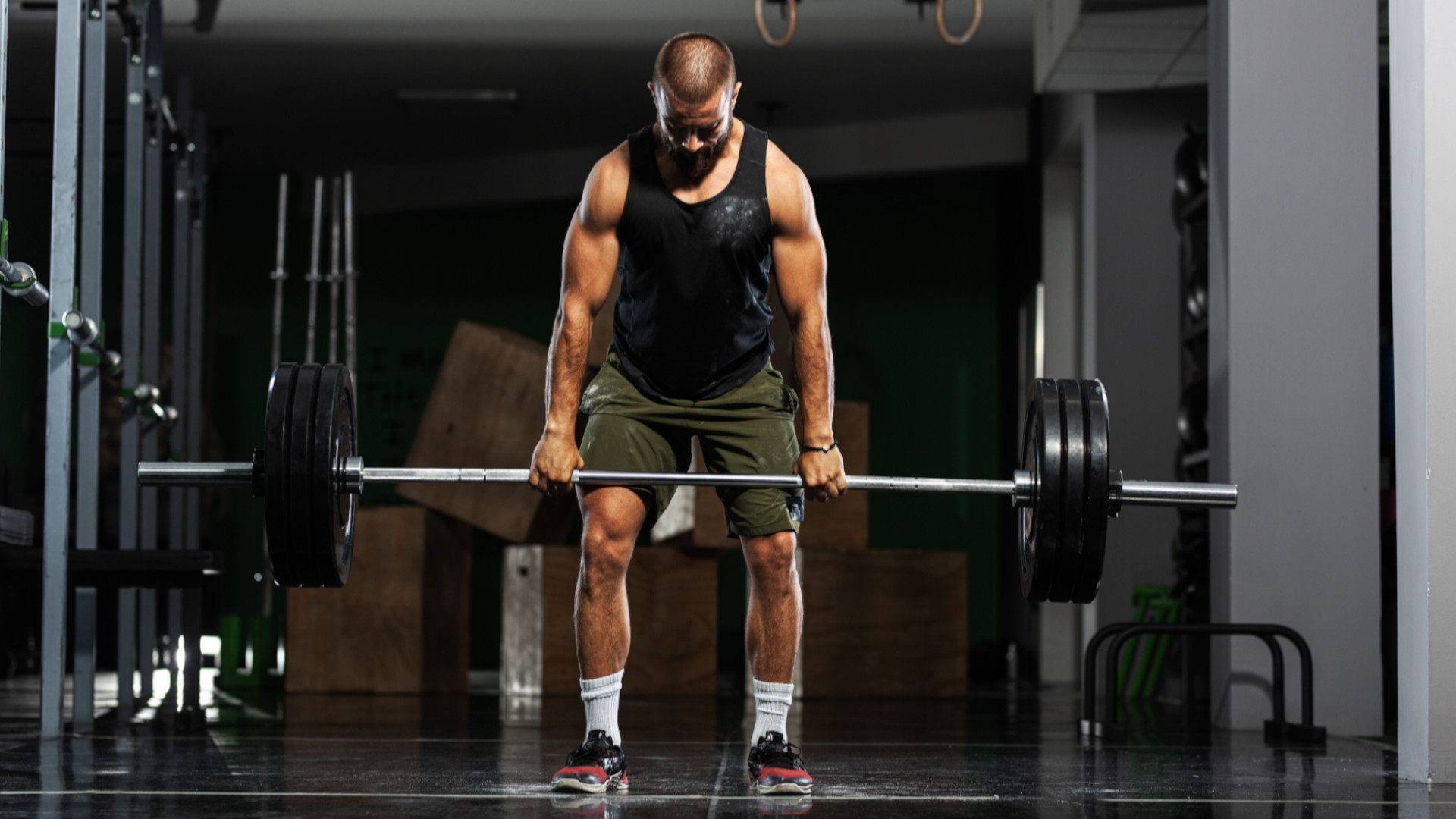
Why the 5x5 protocol is a beginner's go-to for substantial strength gains
Get super strong and build muscle
By Bryony Firth-Bernard Published
-
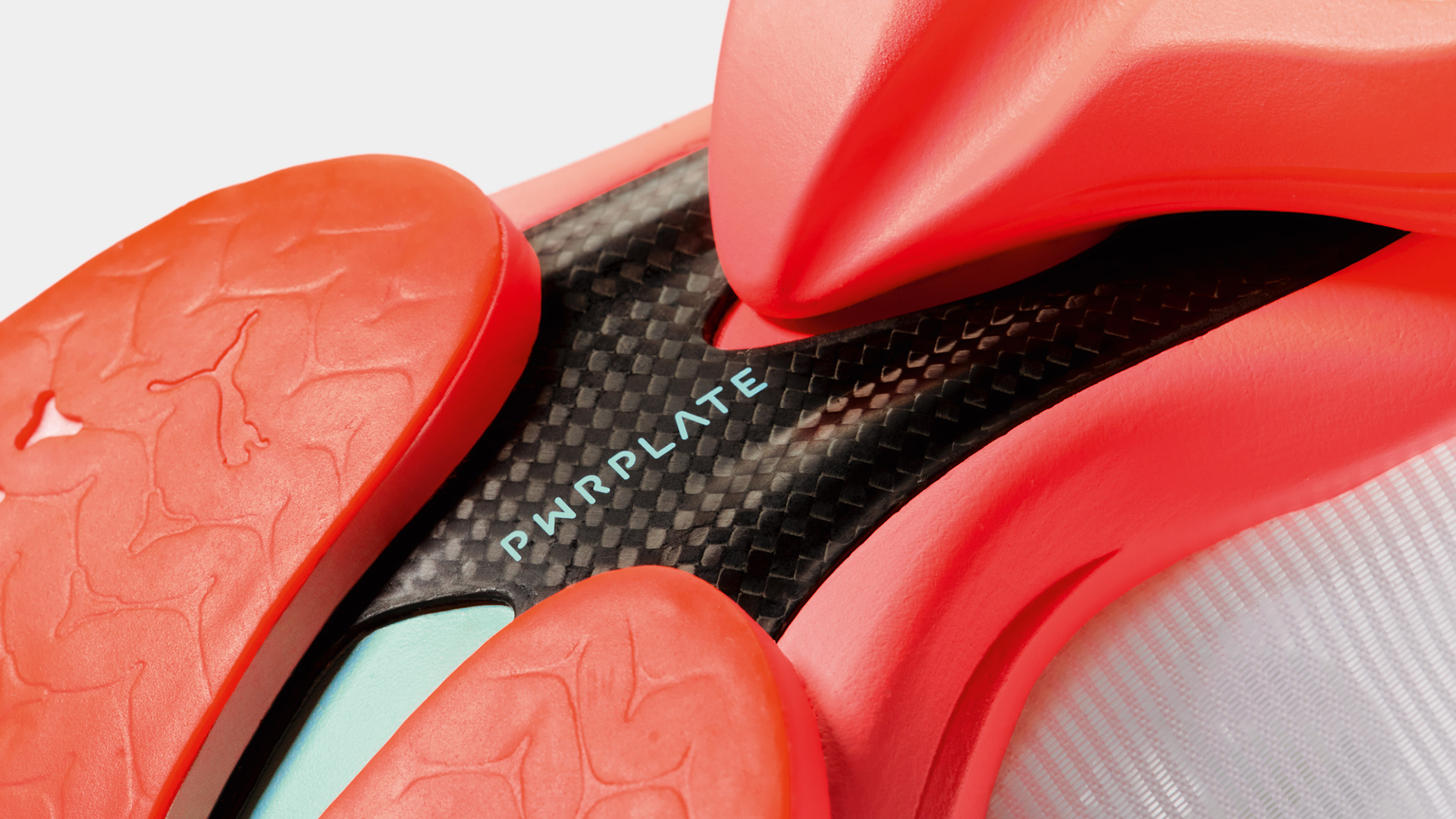
Puma’s radical new carbon racer claims to knock 4 minutes off your marathon PB
The Fast-R NITRO Elite 3 is the brand's lightest-ever super shoe, backed by SCIENCE
By Matt Kollat Published
-
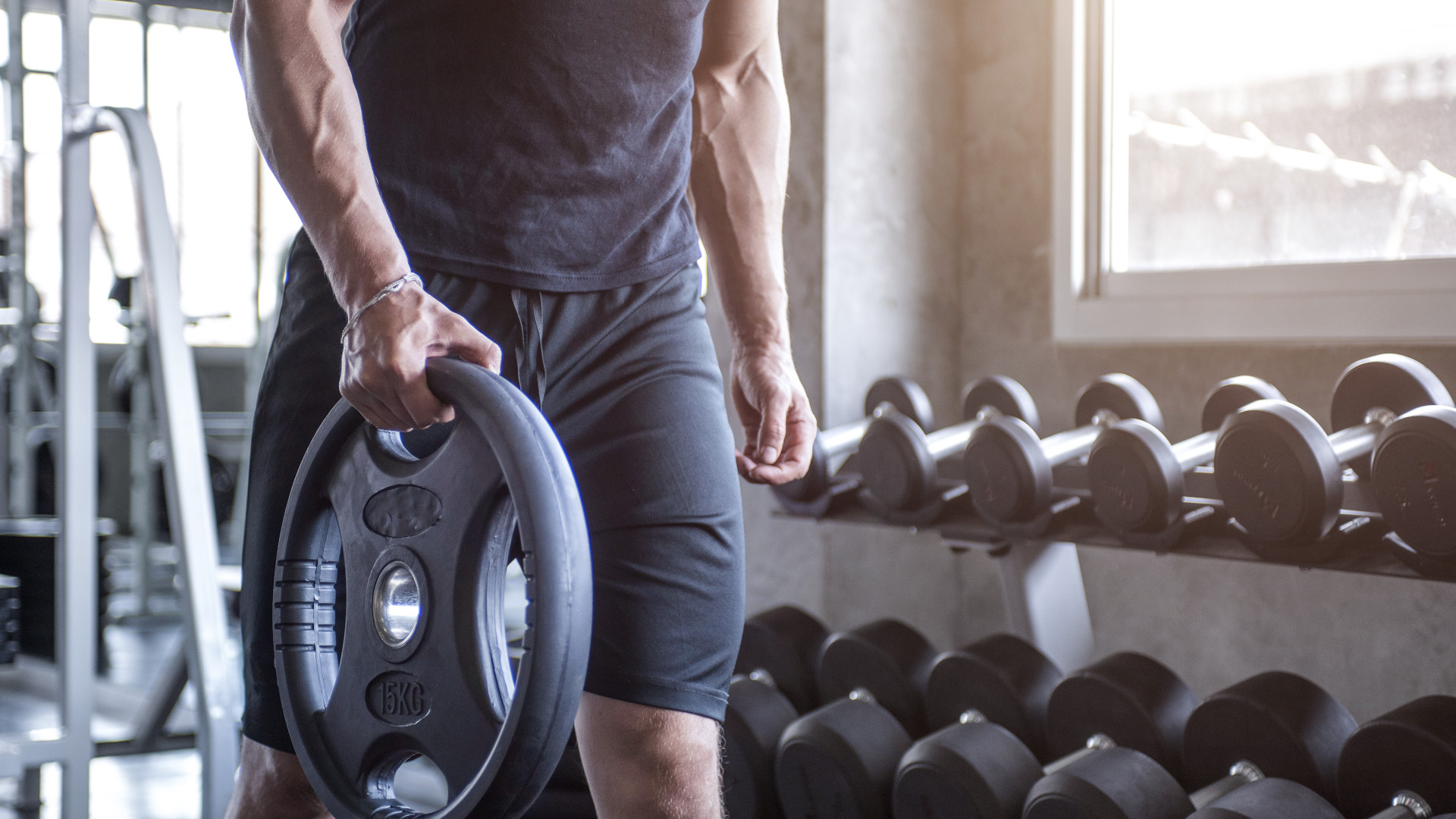
7 best exercises to boost your grip strength for bigger gains
It can also help you live longer too
By Bryony Firth-Bernard Published
-
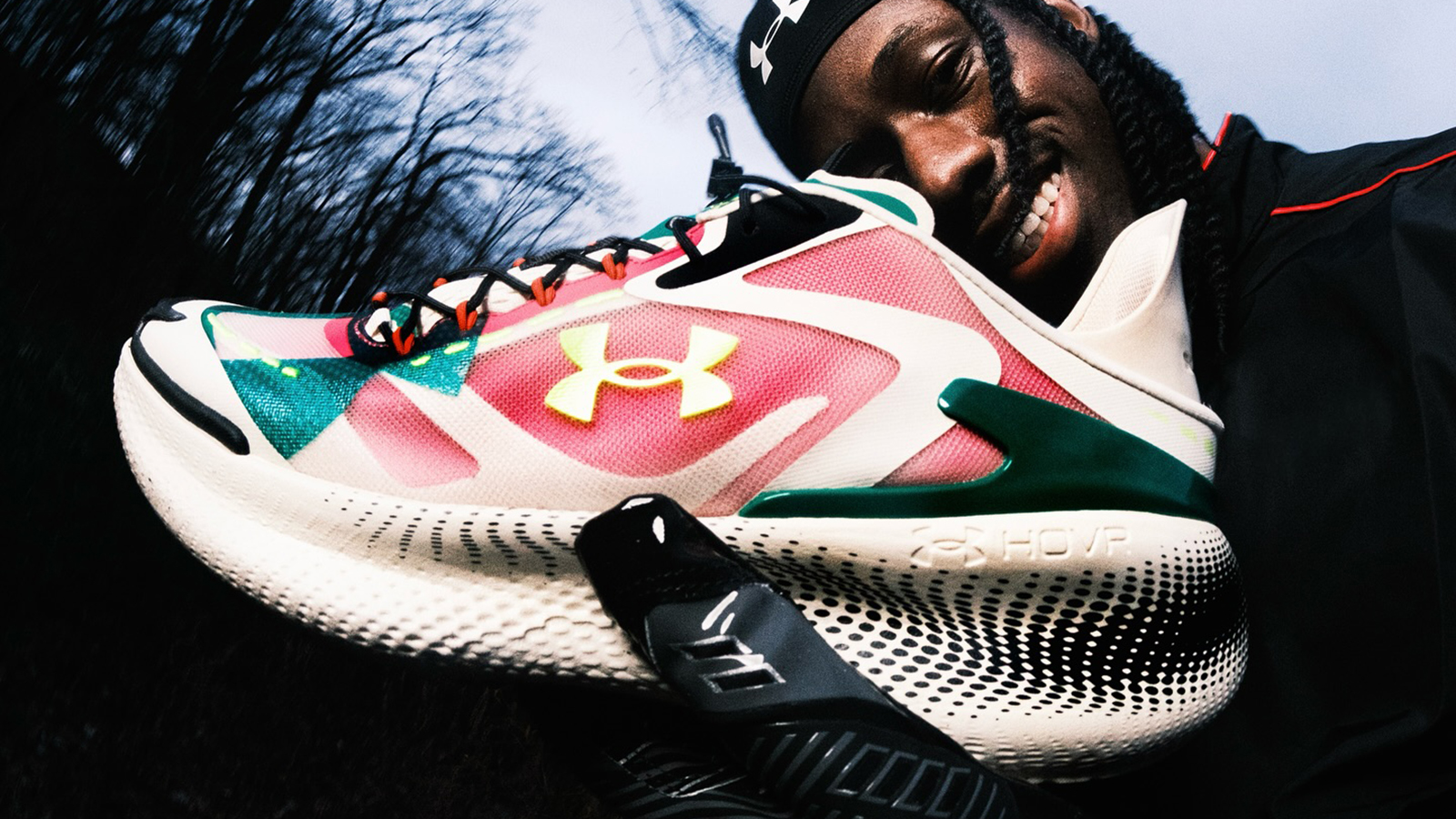
Under Armour's new sneaker doesn't play by the old rules
If this is the future of the brand, it's off to a running start
By Matt Kollat Published
-

YETI just made bowls cool – literally. And also figuratively.
New YETI design, same bear-proof energy
By Matt Kollat Published
-
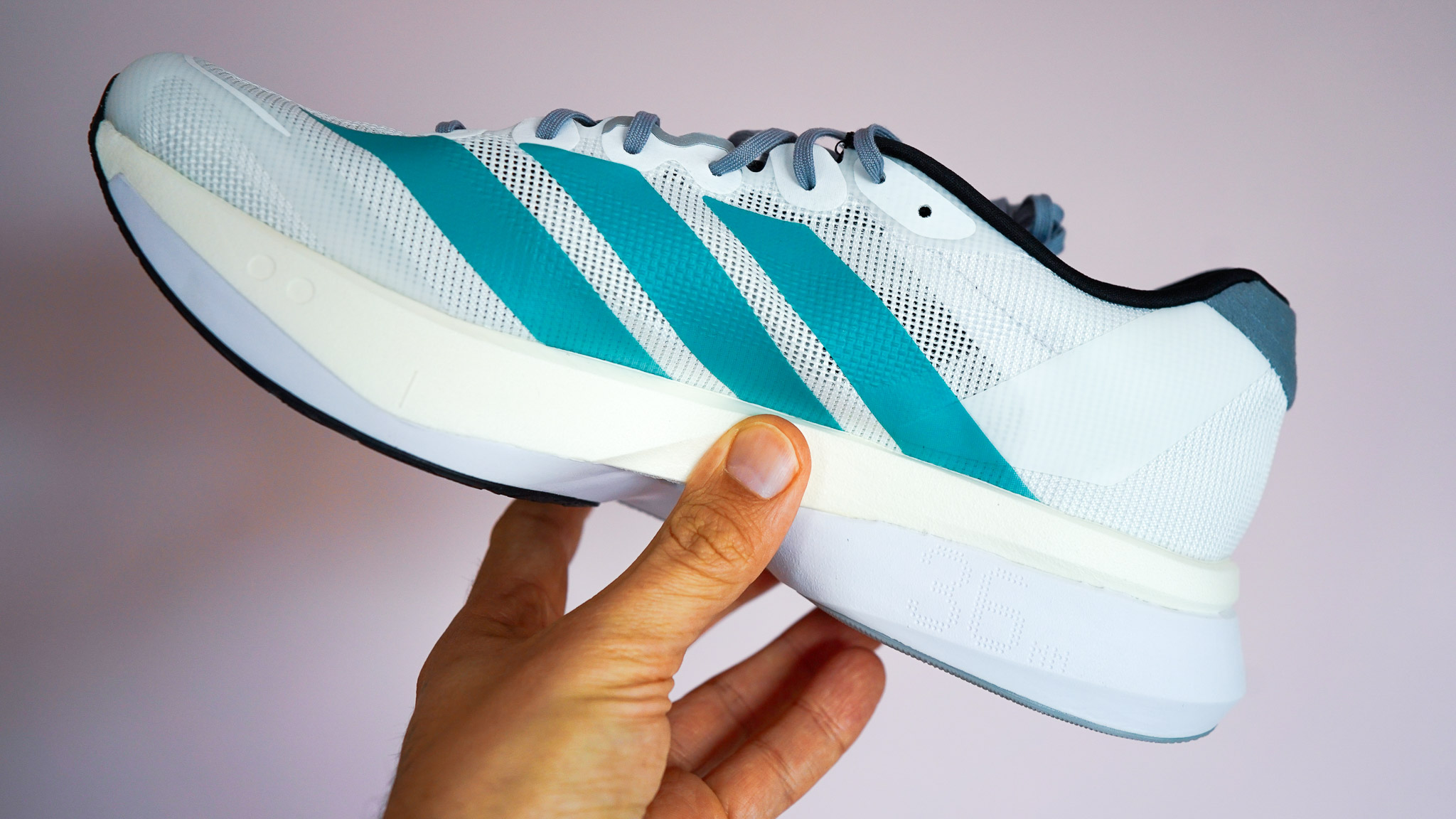
Adidas Adizero Boston 13 is softer, faster, and finally feels like a proper trainer
The brand quietly fixed everything runners didn’t love about the Boston 12
By Matt Kollat Published
-

Nike's wild recovery boots, which are like little spas for your feet, can finally be bought by anyone, not just athletes
The Nike x Hyperice Hyperboot is part footwear, part massage chair, and all kinds of wonderful
By Matt Kollat Published
-

Jake Dearden’s Hyrox training regime and 4000-calorie diet
Find out how the Hyrox champ trains weekly and fuels his sessions
By Bryony Firth-Bernard Published
-
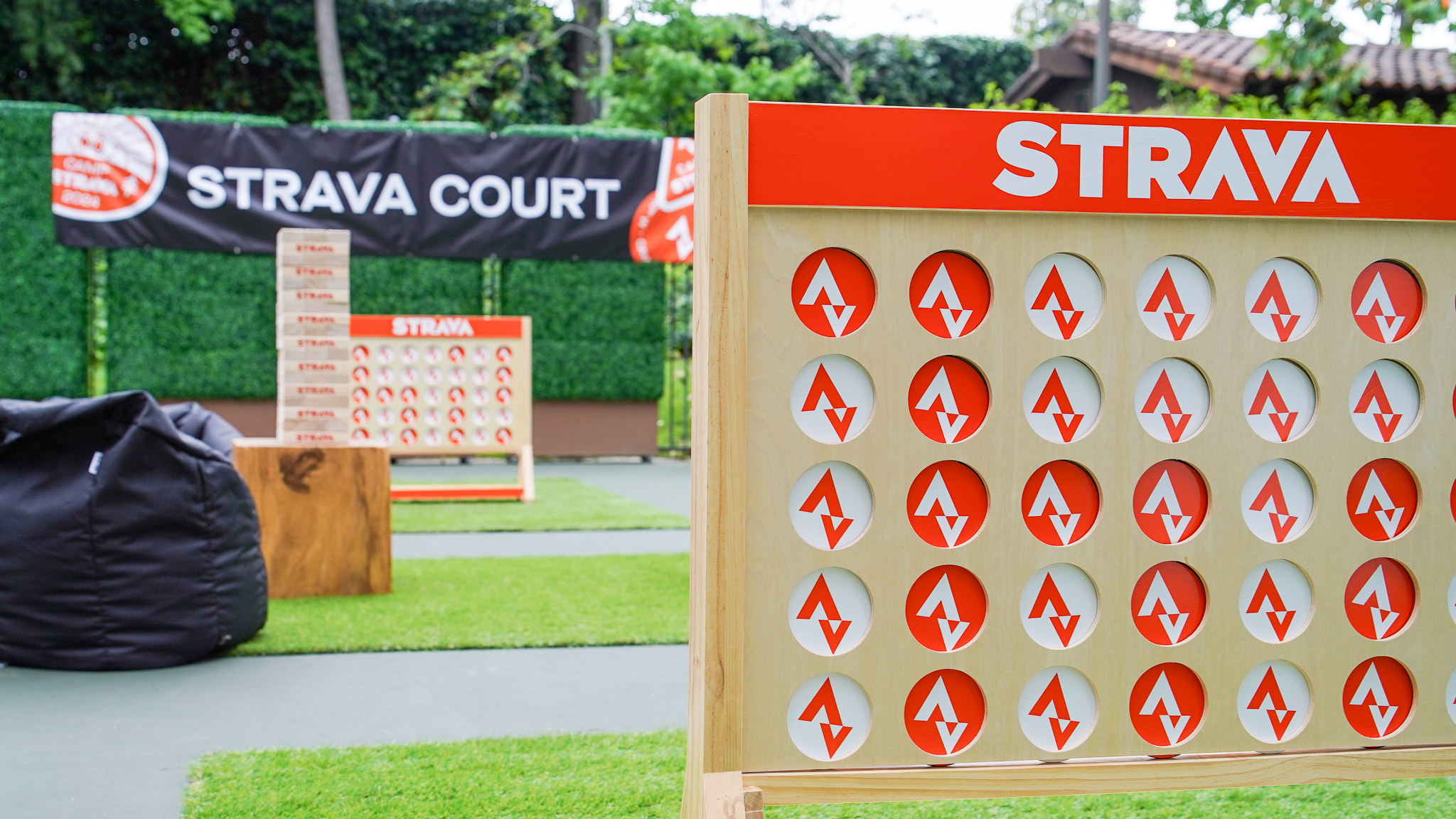
Strava just bought Runna and we got the inside story from both CEOs
No, Runna isn’t going anywhere – and no, your subscription won’t get more expensive (for now)
By Matt Kollat Published
-
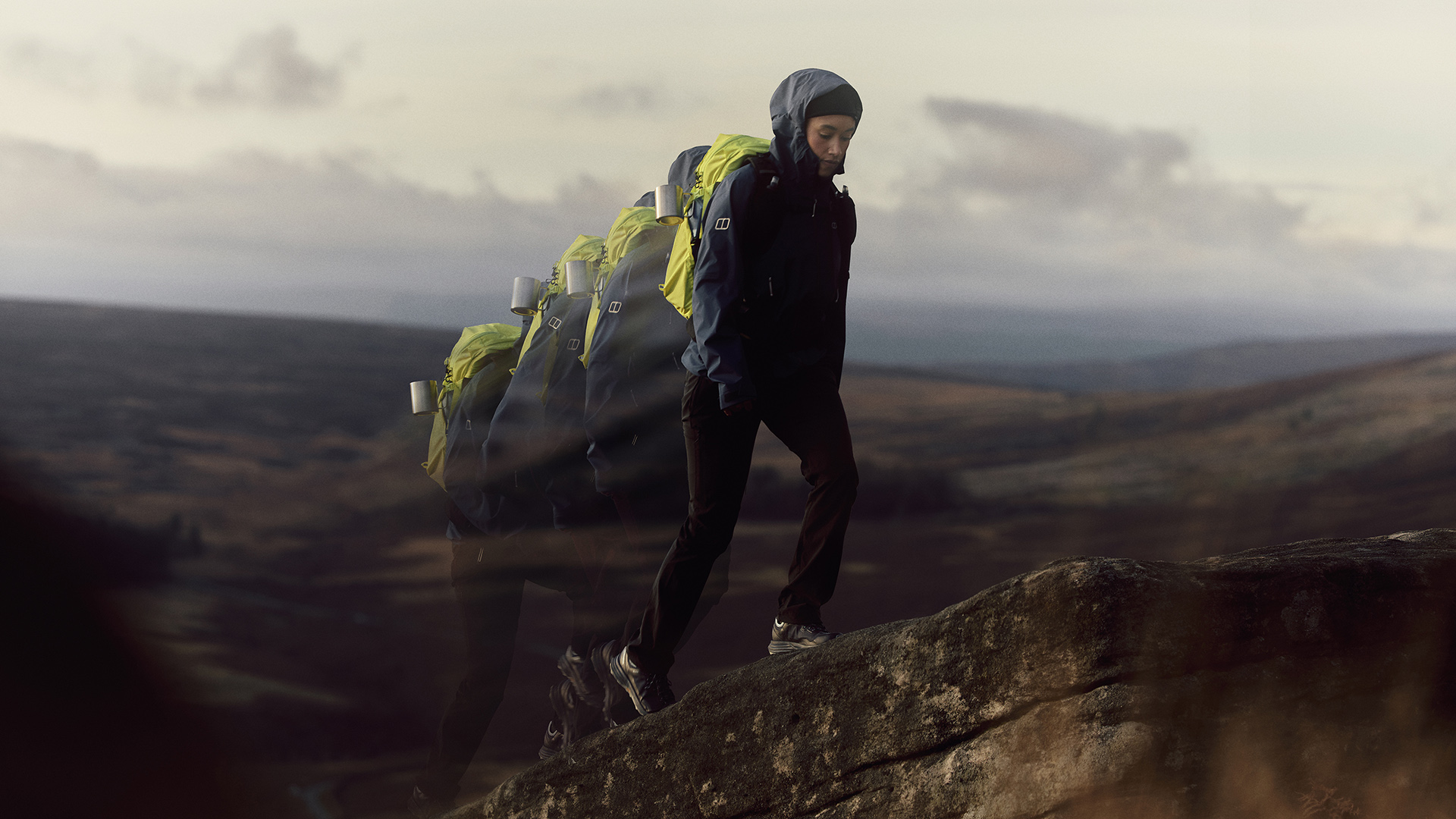
Berghaus wants to be your new favourite street-to-summit brand
The brand's latest Trail Collection brings the company up to speed with some of the most popular outdoor labels
By Matt Kollat Published
-
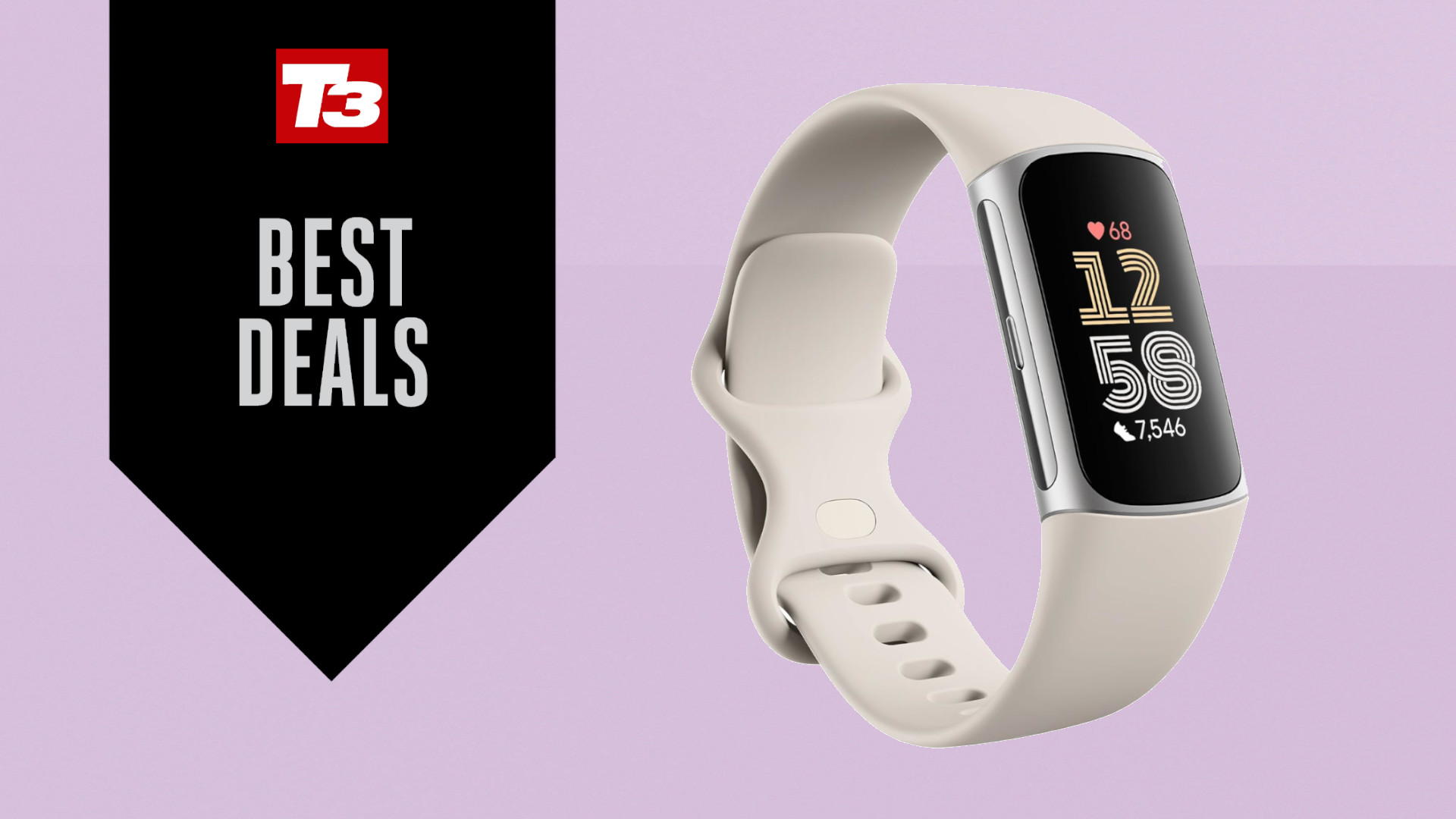
My favourite Fitbit is even more affordable, thanks to this exclusive Amazon offer
The Charge 6 is ideal for fitness enthusiasts on a budget
By Bryony Firth-Bernard Published
-
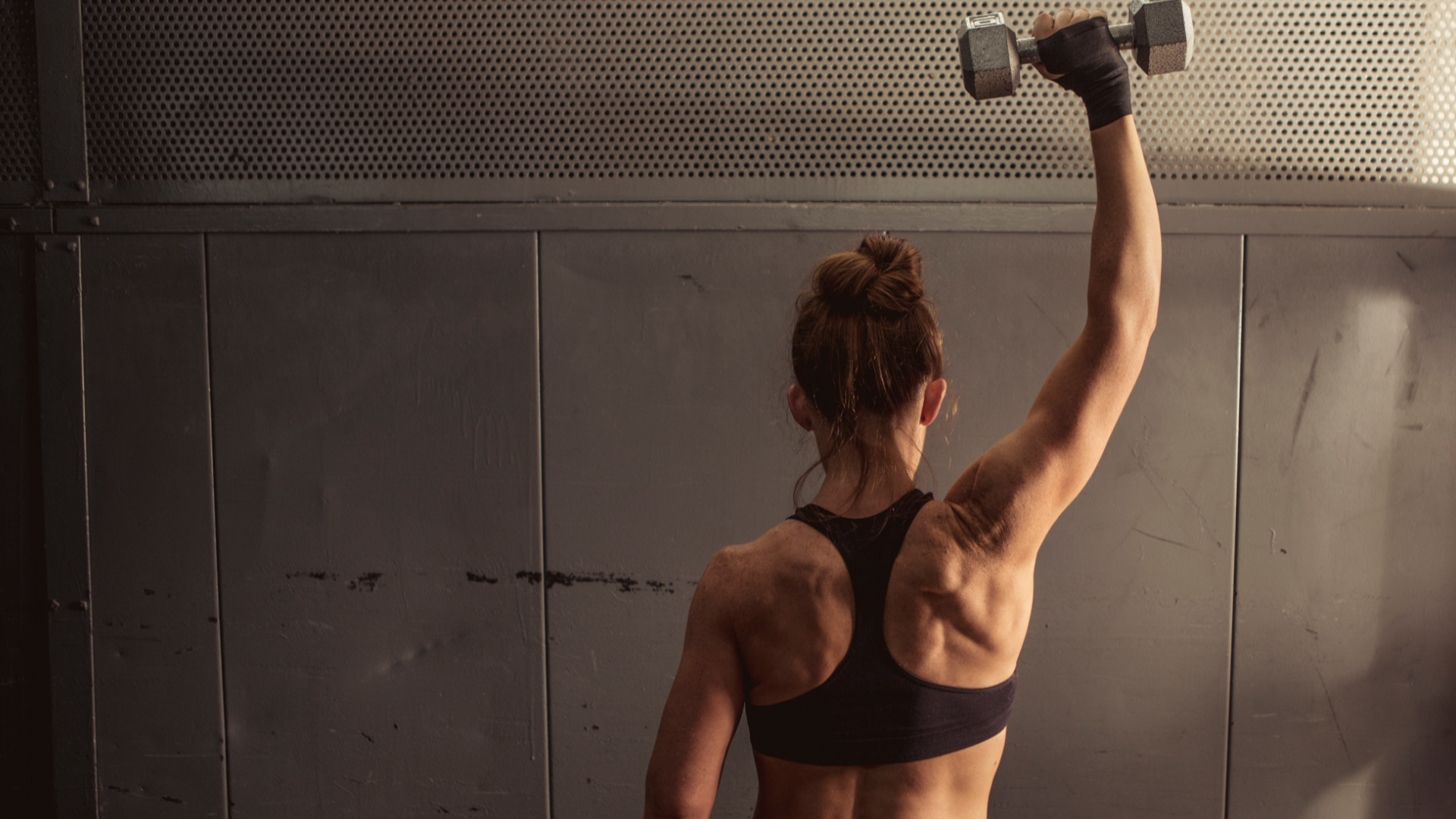
Three exercises to 'life-proof' your shoulders, according to a mobility expert
Healthy shoulders mean better movement, more strength and less injury
By Bryony Firth-Bernard Published
-
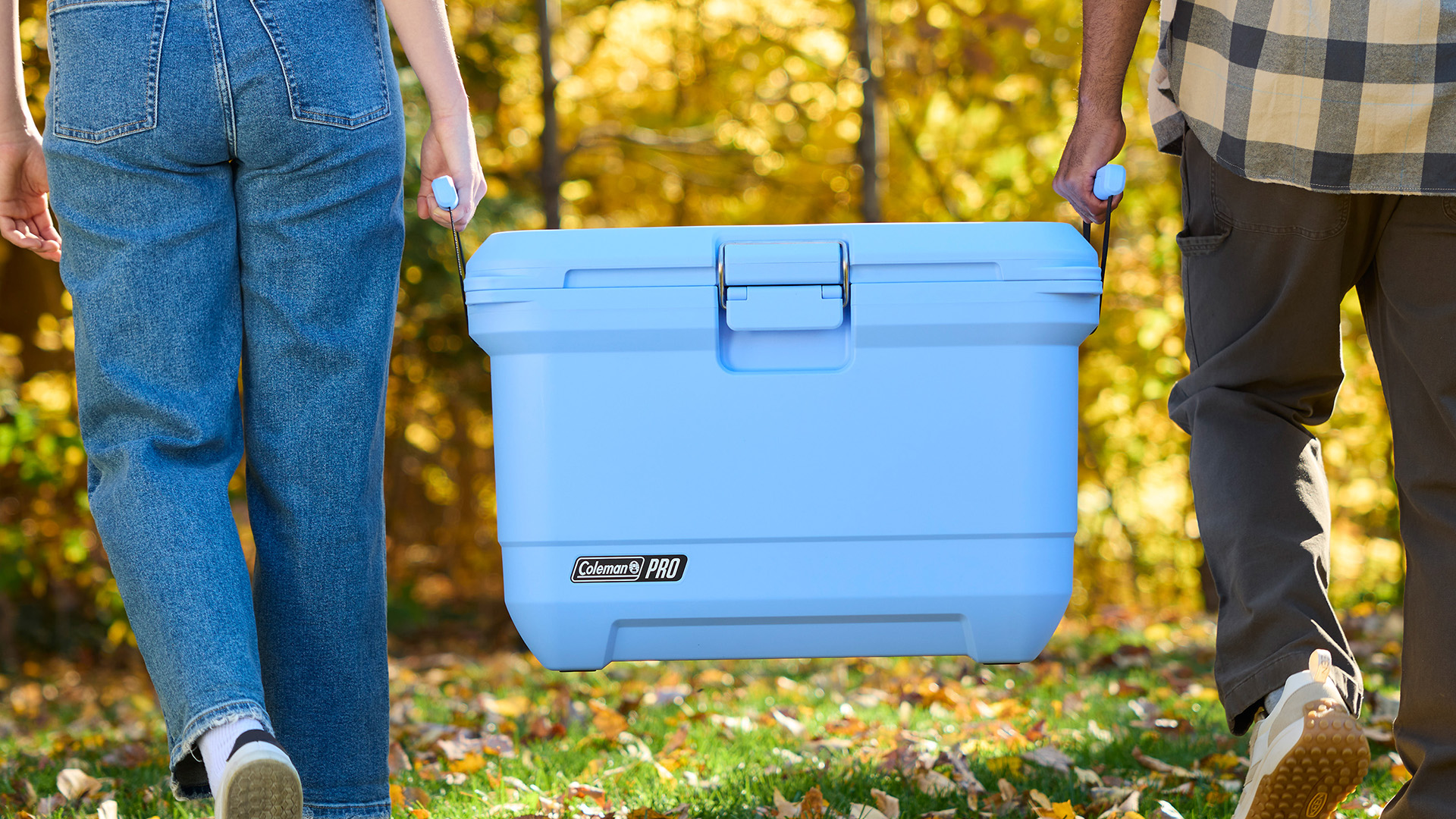
Coleman takes on YETI with lighter, tougher and cheaper Pro Cooler range
Move over, YETI – there’s a new cooler in town, and it's not here to play nice
By Matt Kollat Published
-
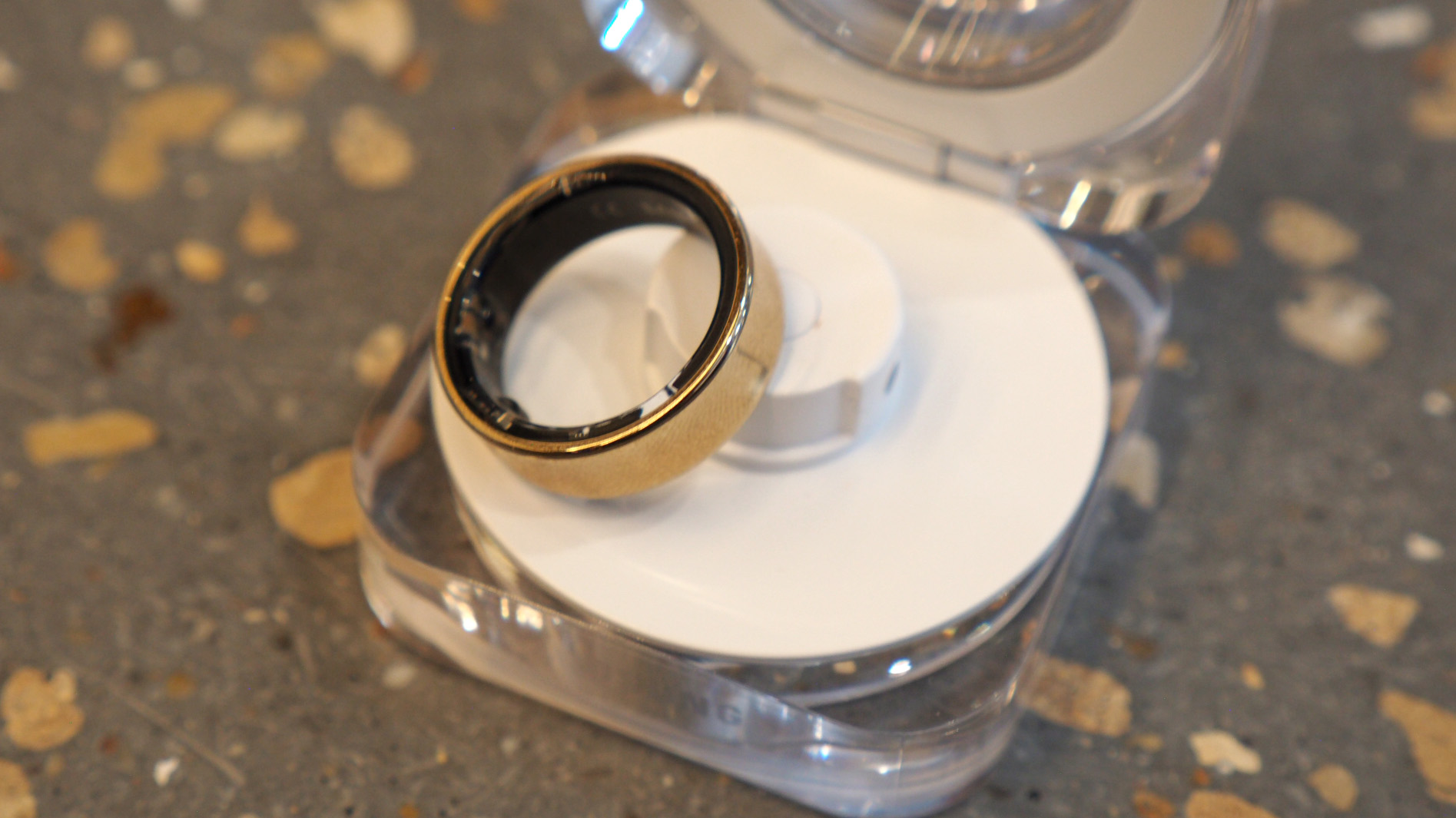
In the future, you might never have to take off your Galaxy Ring to charge it
A newly uncovered patent reveals Samsung is working on a wearable charger for its Galaxy Ring, and it makes a lot of sense
By Matt Kollat Published
-

The 5 most efficient exercises for adding strength and size
Exercise Scientist Dr. Mike Israetel says these are the lifts you should prioritise if you want to get jacked and strong
By Bryony Firth-Bernard Published
